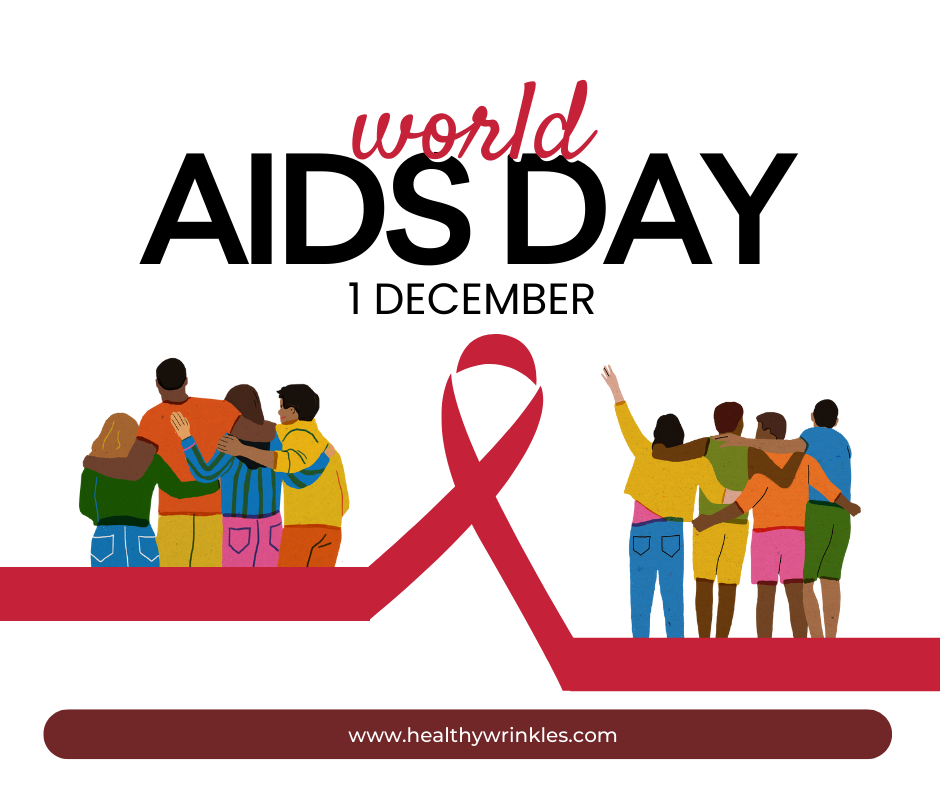Factors influencing polypharmacy in elderly patients
28-09-24
When misused, polypharmacy can pose a significant health risk. Polypharmacy is a major problem among different age groups, particularly in the elderly. The prevalence of clinical co-morbid conditions is substantial in the elderly population, and they are predisposed to complications. As a result, the fear of using various drugs is more significant. Polypharmacy is the norm rather than an exception among the elderly. Polypharmacy is the use of more than 5 medications per day. Treatment can sometimes be more harmful than the disease itself. As a result, optimizing drug therapy in this aging population is a difficult task for physicians. Polypharmacy is frequently linked to a greater likelihood of medication side effects, and drug interactions, poor adherence to medication, and higher treatment costs.
Inappropriate polypharmacy occurs when one or more drugs are prescribed that are not or no longer required, either because:
(a) there is no evidence-based indication, the indication has expired, or the dose is excessively high
(b) one or more meds fail to achieve the therapeutic goals they are intended to achieve
(c) one or more drugs cause unacceptable adverse drug reactions (ADRs) or place the patient at unacceptably high risk.
Other factors influencing polypharmacy
1.Health and lifestyle social determinants
As part of health management, a proactive approach to sustainable as well as appropriate medication treatments should target lifestyles. It is well understood that an unhealthy lifestyle can directly relate to multimorbidity, which necessitates treatment with various medications. When considering medication alternatives, patients should be informed about unhealthy lifestyle factors. Income, work, and social protection were identified as three major economic factors for active aging by WHO in a policy framework. Individuals with low incomes may have fewer options for healthy aging because healthy foods, health care, and housing are less affordable and accessible, putting them at a higher risk of illness and disability, which can be aggravated in patients with polypharmacy.
2.Non-adherence
Non-adherence to prescription drugs is a major issue in polypharmacy, especially among the elderly and/or patients with multiple comorbidities. Older patients who are being treated for multiple chronic health conditions at the same time face pharmacological as well as medication adherence risks. Many studies on older patients and polypharmacy discovered a link between medication non-adherence and the number of drugs taken.
Polypharmacy can be managed to avoid by collaborating on treatment goals and strategies. Eliminating medicinal duplication, decreasing dosing frequency, and reviewing the drug regimen on a regular basis can help to simplify the medication regimen.


























